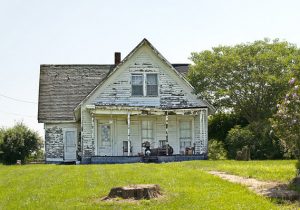Listings of Metro Vancouver Fixer-Uppers and Renovation Projects updated by the hour
Stan Direct: 604-202-1412
E-mail: ssteam3000@gmail.com
Click the links below to view the MLS® listings of Vancouver Fixer Uppers and Renovation Projects, constantly updated every 1-2 hours. Play with the searches. Sort the listings by clicking the description at the top of each column. Click on the SOLD properties to see their actual selling price. Click on each property address link to view the complete MLS® information for each property, the way we see it as Realtors. Open the tabs on the top of each listing to view the cool “Location” feature with Street and Bird’s Eye Views too. Enjoy the full-size Photo Gallery and Multimedia, when available. Don’t forget to check the Mortgage Calculator with required monthly payments, based on the asking price of each property. Check the Buyer’s Qualifier to find out if you can qualify for the monthly payments, based on your annual income.
View the full set of screenshots at Flickr
If you are interested in having access to all listings, click on the “VIP Insiders Access Registration“. In the “Notes” box, include the code “fixerupper”. If you have any specific requests, type them in the “Notes” box as well. The provided information is at no cost and obligation-free. This is not a subscription to a mailing list or a newsletter. It will grant you access to MLS information shared with other users.
Alternatively you can send us a voice or a text message to 604-202-1412 with your name, email address, phone number and a code “fixerupper”



Vancouver Fixer Uppers MLS Listings of Properties:
Whistler Fixer Uppers Houses
Squamish Fixer Uppers Condos
Squamish Fixer Upper Houses
Bowen Island Fixer Uppers
Sunshine Coast Fixer Uppers
West Vancouver Fixer Uppers Condos
West Vancouver Fixer Uppers Houses
North Vancouver Fixer Uppers Condos
North Vancouver Fixer Uppers Houses
Westside Vancouver Fixer Uppers Condos
Westside Vancouver Fixer Uppers Houses
Eastside Vancouver Fixer Uppers Condos
Eastside Vancouver Fixer Uppers Houses
Burnaby Fixer Uppers Condos
Burnaby Fixer Uppers Houses
New Westminster Fixer Uppers Condos
New Westminster Fixer Uppers Houses
Coquitlam Fixer Uppers Condos
Coquitlam Fixer Uppers Houses
Port Moody Fixer Uppers Condos
Port Moody Fixer Uppers Houses
Port Coquitlam Fixer Uppers Condos
Port Coquitlam Fixer Uppers Houses
Pitt Meadows Fixer Upper Condos
Pitt Meadows Fixer Upper Houses
Maple Ridge and Mission Fixer Upper Condos
Maple Ridge and Mission Fixer Upper Houses
Richmond Ladner and Tsawwassen Fixer Upper Condos
Richmond Ladner and Tsawwassen Fixer Upper Houses
FVREB Fixer Upper properties:
North Surrey and North Delta Fixer Upper Condos
North Surrey and North Delta Fixer Upper Houses
Surrey South Surrey and White Rock Fixer Upper Condos
Surrey South Surrey and White Rock Fixer Upper Houses
Cloverdale and Langley Fixer Upper Condos
Cloverdale and Langley Fixer Upper Houses
Abbotsford and Chilliwack Fixer Uppers Condos
Abbotsford and Chilliwack Fixer Uppers Houses







